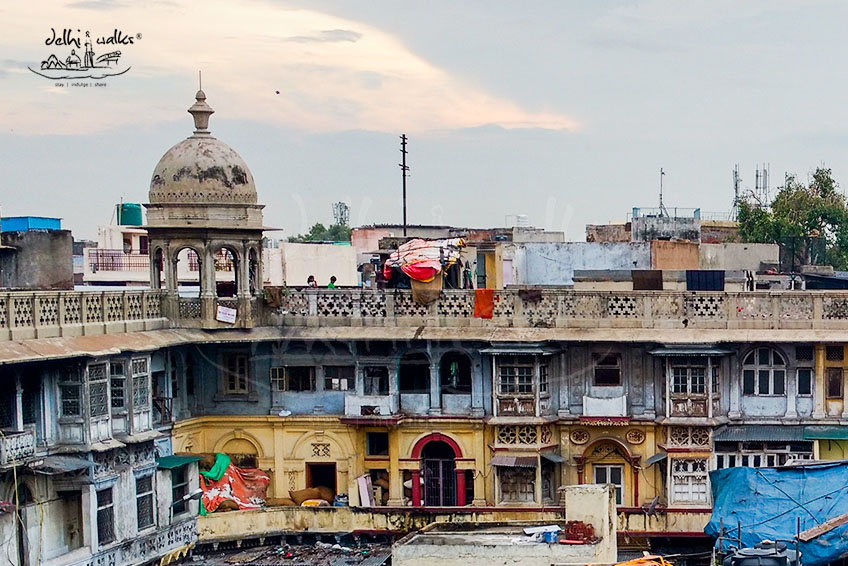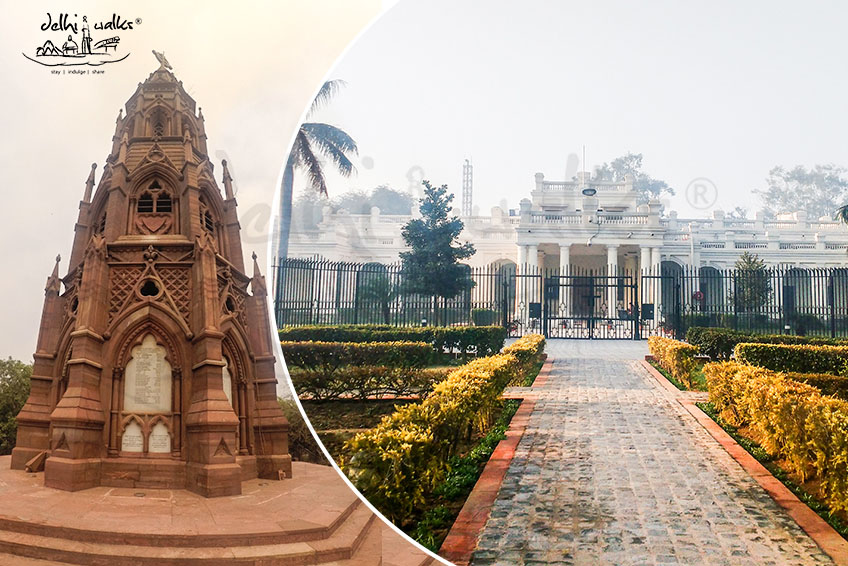The story of the longest serving capital of India goes back to the British empire, when they wanted to add to the existing heritage, but also wanted to show their prowess by erecting some iconic monuments. But because of the lack of imagination, they named their city “New Delhi”.
The first foundation stone of New Delhi was laid by King George the Vth, the new emperor of India, after successfully crushing the revolt of 1857, and establishing the British Empire in India. For the longest time, the seat of British power was Calcutta, but when they experienced the bloody revolt from the Indians, their affirmations of the power could not stop them from acquiring the seat of power from Delhi. The architects chosen for this dream project of the British were Edward Lutyen’s and Herbert Baker.
On a December winter, during the Delhi Durbar, George V, along with Queen Mary, made an announcement that the capital of the British Raj would be shifted from Calcutta to Delhi, while the Viceroy’s residence was in the process of construction. Both Baker and Lutyens’ masters in their work, and excellent 20th century architects, wanted to replicate the colonial, vintage architecture, so that the Raj feels comfortable coming and settling in Oriental lands. The constructions in the city began after the First World War, but could only be completed by 1931. The initial planning consisted of the important residences, like the Secretariat buildings, the Viceroy’s residence, the India Gate which was made especially to welcome King George the Vth to his new territory which later would become the ‘Jewel in the Crown’.
These were initial places which were constructed. Later, both Baker and Lutyen’s started considering other places, in the vicinity of their city. Thus, was Delhi Town Planning Committee, set up to plan the city which would expand its tentacle’s till as far and wide. Thus the bungalows which expanded till present day Safdarjung Tomb till South are still in use by the prominent personalities of politics.
A glance through the wide roads, the roundabouts and the greenery around it, reflects why the architects chose to name it, what it was, in contrast to the existing seat of power.





